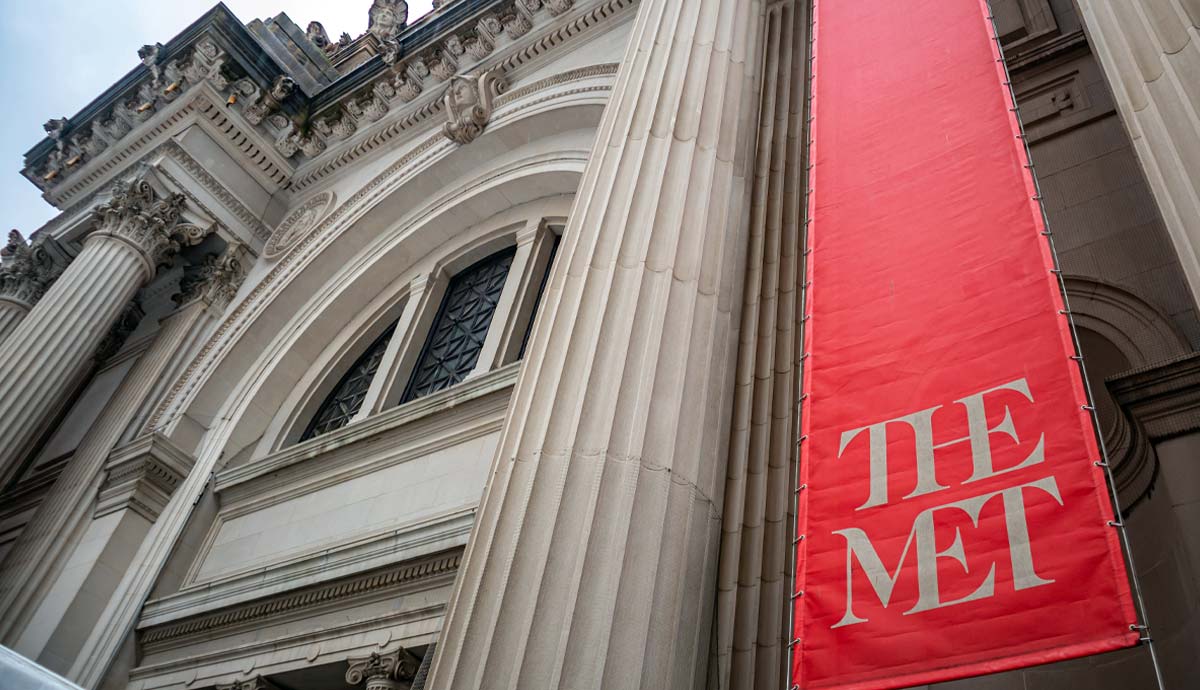
Yemen is getting back two marble statues from The Metropolitan Museum of Art. Even though Yemen is taking control of the ownership, the artifacts will still remain on loan at the Met. Everything started when the museum established its research team of four people, whose goal was to determine the provenance of some pieces. Especially ones who lack ownership data.
Artifacts at the Met Until Yemen Wants Them Back

The statues in question are the rectangle-shaped marble block and the upright woman. The institution announced the ownership changes when its experts conducted an origin study to determine where they came from. In 1999, the museum obtained a sandstone-standing female statue donning an anklet and a pendant, according to a press statement. But, the other piece the museum received as a gift.
This also occurred in the same year. Researchers from the Met determined that the objects originated in 1984 close to the Yemeni city of Ma’rib. The Republic of Yemen had authority over them. “Due to the current situation in Yemen, it is not the appropriate time to return these artifacts back to our homeland”, Mohammed Al-Hadhrami, the ambassador of the Republic of Yemen to the United States, said in a press statement.

The two stone antiquities are being looked after and displayed by the museum within a guardian arrangement until Yemen demands their return. This agreement is comparable to the one Yemen inked previously this year with the Smithsonian’s National Museum of Asian Art.
A Historic Partnership

This functioned as a model, and so did the agreement for four anciently engraved memorial monuments with the Victoria & Albert in London. On Friday, an occasion for signing the custody commitment will occur with the participation of the Met’s director and CEO Max Hollein, Ambassador Mohammed Al-Hadhrami, and U.S. Special Envoy Tim Lenderking. Hollein said the partnership between the museum and the Republic of Yemen was “historic”.
“These compelling objects offer an important opportunity to present Yemeni culture—in dialogue with our collection of 5,000 years of art history—to The Met’s audiences. We are grateful to have established such a collegial and sincere commitment to spotlighting these important works and look forward to working with the large Yemeni-American community in New York City to host a celebration of our new collaboration later this fall”, he said.

Additionally, the action comes after a long time of increasing inspection of the museum’s holdings and numerous arrests by the Manhattan District Attorney’s office, which led to returning to nations like Nepal, Greece, Italy, Egypt, and Nigeria. Other incidents include allegations made by Native American groups that a Mayan throne was illegally transported for display, as well as a probe that revealed more than a thousand objects were connected to antiquities smuggling.






